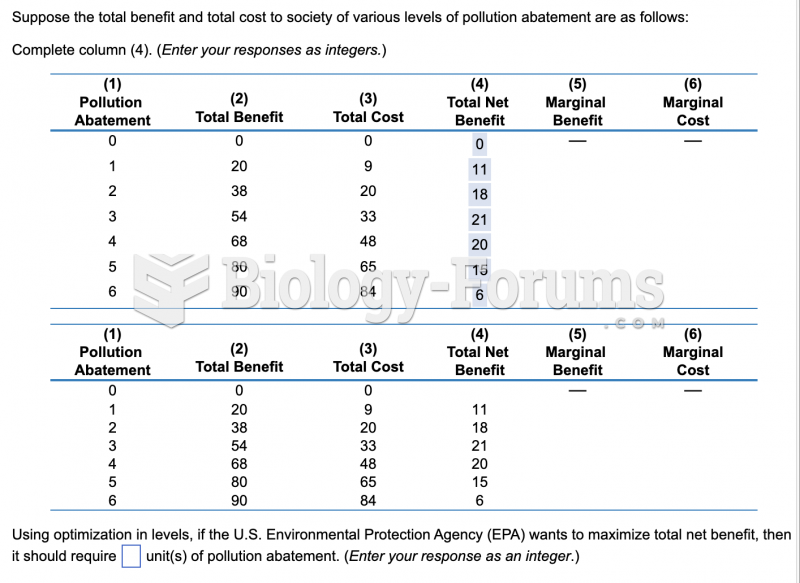Answer to Question 1
A
Explanation: A) This is an example of structural inertia. Organizations have built-in mechanisms, such as their selection processes and formalized regulations, to produce stability. When an organization is confronted with change, this structural inertia acts as a counterbalance to sustain stability.
Answer to Question 2
Answer: Competitor intelligence involves gathering information about competitors that allows managers to anticipate competitors' actions rather than merely react to them. It is one of the fastest-growing forms of environmental scanning. It seeks basic information about competitors: Who are they? What are they doing? How will what they're doing affect us?
Advertisements, promotional materials, press releases, reports filed with government agencies,
annual reports, want ads, newspaper reports, information on the Internet, and industry
studies are readily accessible sources of information. Specific information on an industry
and associated organizations is increasingly available through electronic databases.
Managers can literally tap into this wealth of competitor information by purchasing access
to databases. Attending trade shows and debriefing your own sales staff also can be good
sources of information on competitors. In addition, many organizations even regularly buy
competitors' products and ask their own employees to evaluate them to learn about new
technical innovations.
Managers do need to be careful about the way information, especially competitor intelligence, is gathered to prevent any concerns about whether it's legal or ethical. Difficult decisions about competitor intelligence arise because often there's a fine line between what's considered legal and ethical and what's considered legal but unethical. Some people or companies will go to any lengths some unethical to get information about competitors. Many who study competitor intelligence suggest that much of the competitor-related information managers need to make crucial strategic decisions that are available and accessible to the public. In other words, competitor intelligence isn't corporate espionage.







